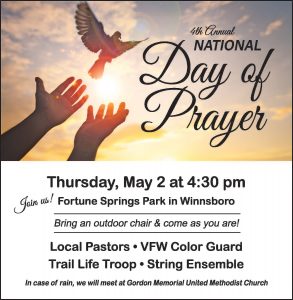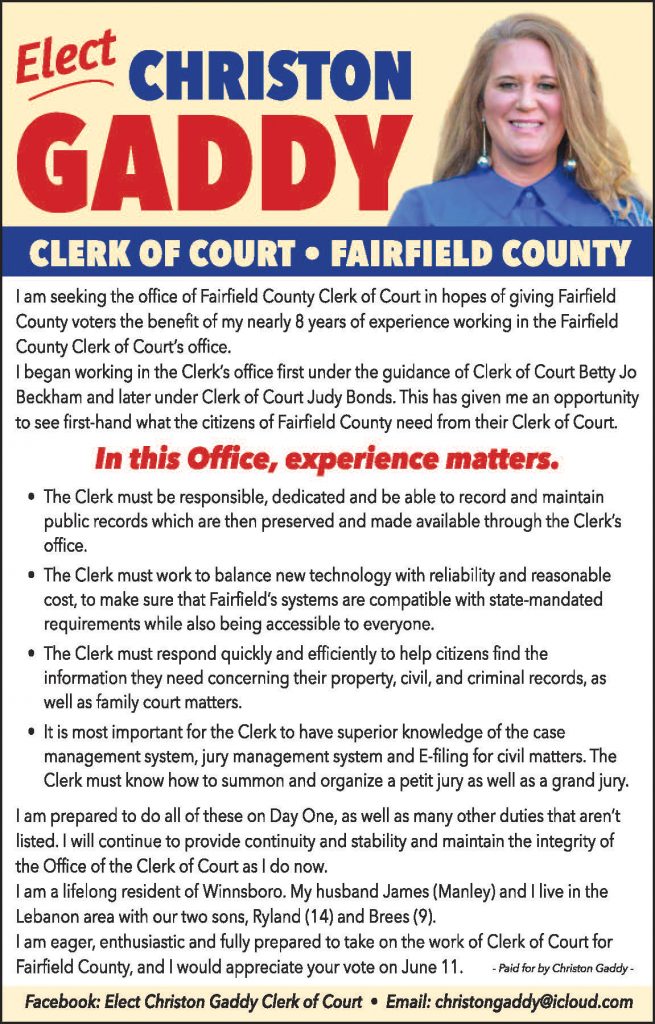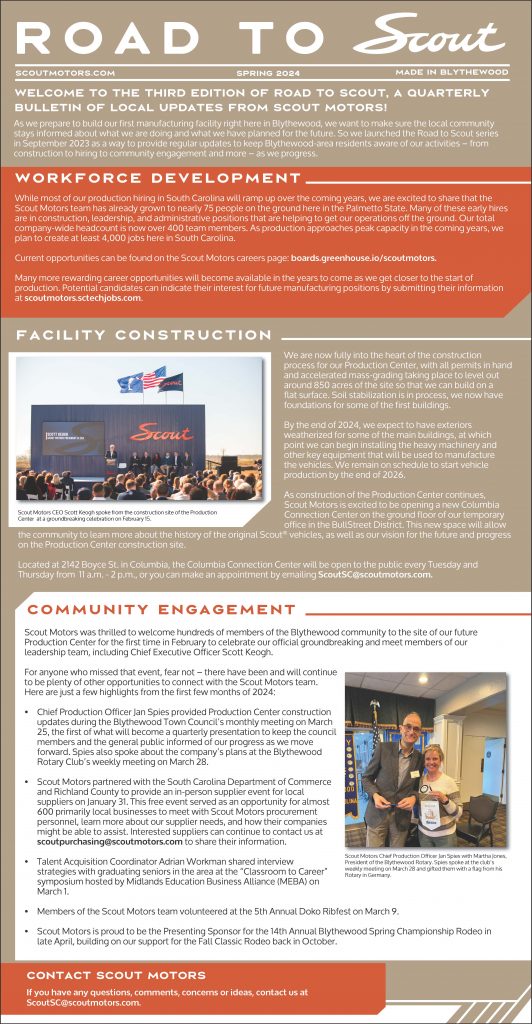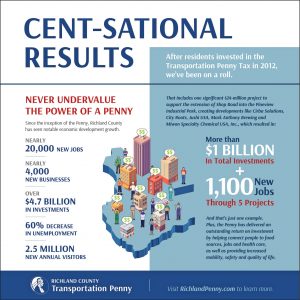For all the mysteries and perplexities in which the mechanics of Fairfield County’s $24.06 million bond issue have been shrouded – some, if not all, of which may hopefully be vanquished forever into the Realm of Misunderstanding by the close of Council’s Monday night meeting – one thing that has been abundantly clear from the very beginning is that $3.5 million of that money is going to be spent on improvements to the County’s recreation options. Somewhat less clear has been how the County plans to do so.
After more than a year into the amazingly and creatively complex process, wherein outlandish amounts of money are shoveled from pile to pile, and after months of collaborating with consultants, Council revealed their recreation plan to the general public last week. It appears, at first glance, a reasonable enough plan, spreading recreational opportunities to the rural areas as well as Fairfield County’s more densely populated zones. Second glance, on the other hand, has revealed a central flaw, not only – and not necessarily – in the plan itself, but in how such plans are devised at the conceptual level.
First glance, however, is all that the general public was afforded before Council pulled the trigger on putting the projects out for bid.
While it may be true that individual Council members fine-tuned their individual wish lists in community meetings held in their individual districts, a general overview of the entire plan before the public at-large, undertaken a week or two in advance of Council’s vote, would have been preferred. It is unlikely, for example, that constituents in District 6 knew what sort of recreation plans were being considered in District 2, and only a formal presentation of the overall plan, well ahead of the vote, could have given the public the option for input on the proverbial Big Picture.
Such a presentation would also have gone a long way toward silencing, if only momentarily, critics who charge Council with being less than entirely open and transparent in their conduct of County business. The sense of urgency associated with these projects is absolutely understandable, but an additional two weeks added to the front end would not have been a detriment and might have invested the public with a sense of inclusion, rather than the precise opposite.
The argument that a resident in District 5, for example, has no business whatsoever assessing the recreation needs of, say, District 3 may indeed carry some merit; but that argument also carries with it the millstone of Fairfield County politics – that we are not, in fact, greater than the sum of our parts. For as long as Fairfield County continues to view itself as seven districts that make up a county instead of a single county comprising seven districts, it shall forever be a west-bound man facing east.
The notion that for every dollar spent in one district, an equal amount should be spent in each remaining district is equally preposterous. Expenditures should, regardless of their nature, be based entirely on need, and there are plenty of areas in Fairfield County with a variety of needs, whether those needs entail recreation, infrastructure, fire and EMS service or just plain paved roads. In the Soup Line of Life, the order of service should extend from the most malnourished to the most well-fed, without consideration of where they put their head down at night.
When the County’s recreation plan hit the drawing board, meanwhile, it intended to spend the same amount of money – a half a million bucks – in districts that are already reasonably well-served as in the more rural districts that are completely underserved. During several Council meetings, Council members from the fatter districts concurred that $500,000 was over and above anything they would require to give recreation a boost. Any leftover money, they said, could and should go to help bolster recreation in the underserved areas, specifically District 4. It was a most encouraging show of county unity, and the first bold step, we hoped, into an era of oneness.
Yet when the plan was unveiled last week, six of the seven districts had somehow managed to not only allocate the entirety of their $500,000 budget, but to exceed it by as much as $144,440. Only District 3 came in under budget, although just barely, leaving a paltry $633 to spread around to the leaner areas.
The plan as a whole may ultimately prove to be the best compromise that could be hoped for from a Council rooted in a District First, County Second mentality; or from any other Council, for that matter. It certainly has the classic hallmark of such – making everyone at least a little unhappy.
Unless the marketplace yields some remarkable surprises, everyone is going to be significantly more unhappy when the bids start rolling in. With the equivalent of an entire district and then some – more than $600,000 – hanging like rolls of a beer belly over the waistline of the recreation budget, Council may be saying good-bye to one or two community centers and hello to three or four additional mini parks.













Perhaps instead of districts, our County should be divided into fiefdoms for the Councilmen and Councilwomen to “rule” over.